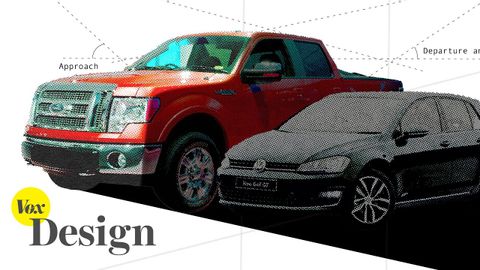
Subtitles & vocabulary
Why Americans love big cars
00
林宜悉 posted on 2024/01/21Save
Video vocabulary
plenty
US /ˈplɛnti/
・
UK /'plentɪ/
- Pronoun
- When there is not too little of something; a lot
- Uncountable Noun
- A large or sufficient amount or quantity; abundance.
- A lot of something
A2
More bias
US /ˈbaɪəs/
・
UK /'baɪəs/
- Noun (Countable/Uncountable)
- Preference to believe things even if incorrect
- A systematic error in a statistical result
- Transitive Verb
- To unfairly favor one view over another
- To cause someone to have prejudice
B1TOEIC
More category
US /ˈkætɪˌɡɔri, -ˌɡori/
・
UK /ˈkætəgəri/
- Noun
- Groups of things that are similar in some way
B1
More separate
US /'sepəreɪt/
・
UK /'sepəreɪt/
- Adjective
- Being different from or unrelated to another
- Not connected; different.
- Transitive Verb
- To divide two things by being in between them
- To move things away from each other
A2TOEIC
More Use Energy
Unlock All Vocabulary
Unlock pronunciation, explanations, and filters
